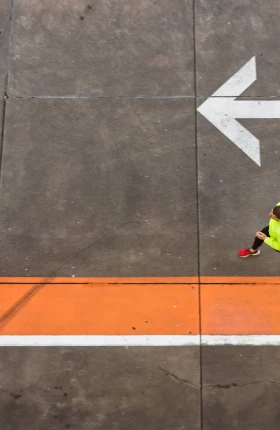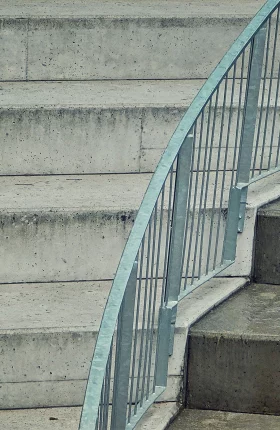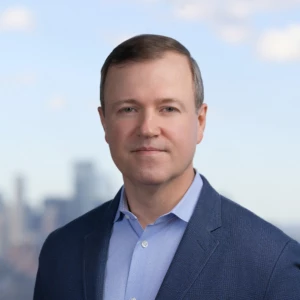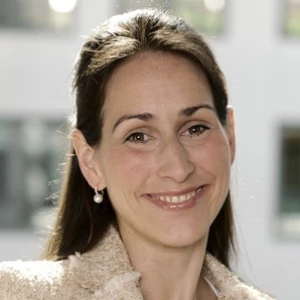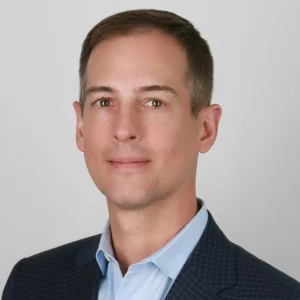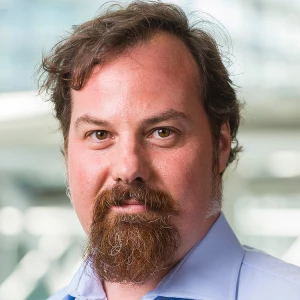The Obstacle
BCG’s experts went to work with a broad set of capabilities and approaches, including AI and zero-based budgeting, which requires managers to justify and approve all expenses in each new period. A pathway to growth was possible—if the company could free up existing resources.
Our Approach
BCG worked in four phases: setting up the program, identifying costs, uncovering savings, and supporting the execution.
Setting Up the Program
BCG began with a rapid-scan phase lasting just a few weeks. During this period, we confirmed the scope of the cost program and formed initial hypotheses. Our experts launched the request for essential data related to selling, general, and administrative (SG&A) expenses and other key areas of spending.
Identifying Costs
BCG then worked with the beverage maker to diagnose its current spending and determine the potential scope of the prize. During this period, we deployed our proprietary SpendAI tool to identify costs at the most specific, detailed level. Natural language processing, machine learning, and generative dialogue helped our experts reduce complexity while attaining high levels of accuracy.
We engaged 150 stakeholders across the organization (finance, HR, etc.) to collect data, validate the cost baseline, and articulate overall ambitions. Initial insights began to emerge. Peer benchmarking, for example, pointed to travel and entertainment marketing as the spending area with the greatest opportunity for removing costs.
We also began to roll out a zero-based budgeting methodology. Naming cost-category owners made it easier to hold individuals accountable for monitoring, tracking, and approving costs, as well as new efficiencies.
This program was the most successful cost transformation the company had ever taken: transforming the ways of working, fueling future growth, and addressing long standing challenges in the cost base.
Uncovering Savings
BCG focused on nine categories accounting for 95% of total spending, 80% of which fell under the umbrella of SG&A. We ran deep dives, analyzed operational data, and discussed possible initiatives with subject matter experts and business partners.
Research with suppliers on point-of-sale merchandising, for example, yielded spending categories of high, medium, and low effectiveness; we recommended halting all low-effectiveness spending and a proportion of categories with medium effectiveness. Our experts likewise assessed granular social media spending, revealing times when users are least engaged. We uncovered savings from setting out a global policy on postage, discovering that many deliveries were going out unnecessarily as express charges.
We also ran category workshops to test scenarios and quantify savings. These findings allowed us to assign initiative owners, prioritize initiatives, and create playbooks for implementation.
Supporting the Execution
To accomplish this cost transformation, BCG coached cost-category owners on best practices for pursuing targets and built a clear governance program for carrying out change. Execution hinged on four building blocks: tackling discrete initiatives, locking savings into the budget, tracking and reporting savings and reinvestments, and effectively communicating progress.
Our team worked closely with leadership to establish new ways of working and a culture of agility, efficiency, and simplicity. Leaders kept employees engaged in the transformation, celebrating successes along the way.
The Result
BCG identified $285 million in SG&A savings, or 20% of the total costs in that area. We projected another $25 million by shifting administrative support and other organizational functions to shared services, reducing 10% of the fully loaded cost of people. Additionally, the effort yielded significant reinvestment opportunities. The client fostered an agile, cost-conscious culture that achieved sustainable savings in direct and indirect costs, improved profitability, freed up funds for growth investments, and supported a broader business transformation agenda.
According to one of the company’s board members, “This program was the most successful cost transformation the company had ever taken. Transforming the ways of working, fueling future growth and addressing long standing challenges in the cost base.”
Learn More About Cost Transformation and Zero-Based Budgeting
Meet the Experts
Explore Our Cost Management Insights

